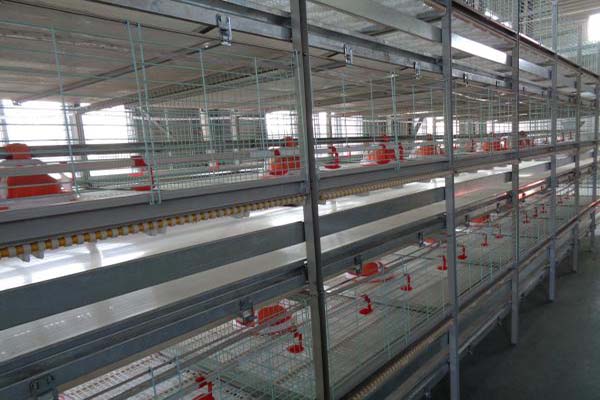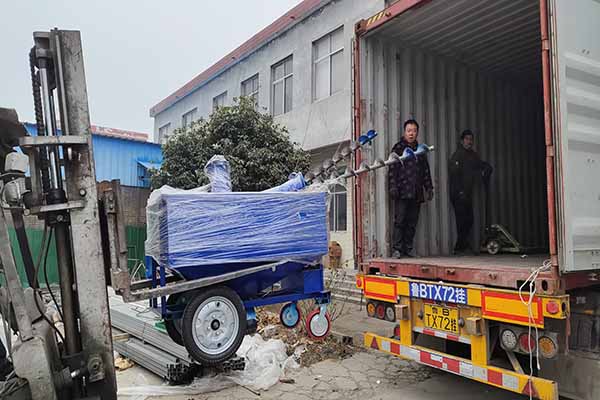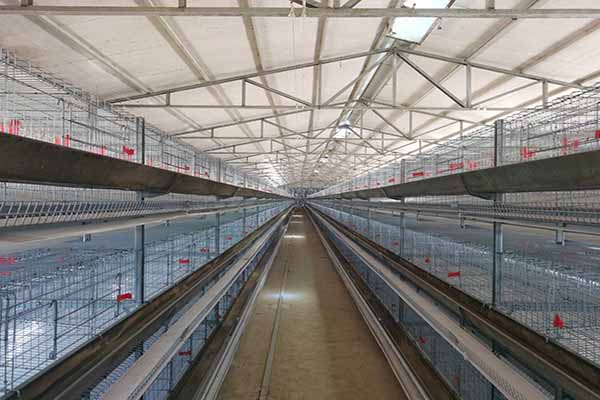Optimizing Chicken Cage Systems for Smallholders: A Comprehensive Guide
As the demand for poultry products continues to grow, smallholder farmers are increasingly seeking efficient and cost-effective solutions for their chicken cage systems. This article provides a detailed overview of the various aspects to consider when selecting the right chicken cage system for smallholders, backed by industry data and expert insights.
Key Considerations for Smallholder Chicken Cage Systems
- Space Utilization
- Animal Welfare
- Cost Efficiency
- Ease of Maintenance
- Climate Adaptability
According to a report by the Food and Agriculture Organization of the United Nations (FAO), smallholder farmers produce over 70% of the world’s poultry products. Efficient cage systems can significantly improve productivity and reduce labor costs.
Space Utilization: Maximizing Livestock Density
One of the primary goals of a chicken cage system for smallholders is to maximize space utilization without compromising on animal welfare. Studies have shown that a cage size of approximately 0.5 square meters per bird is ideal. This ensures that the birds have enough room to move around and access food and water without overcrowding.
| Cage Size | Bird Density | Productivity Improvement |
|---|---|---|
| 0.5 sq. meters per bird | 100-120 birds per cage | Up to 15% |
| 0.7 sq. meters per bird | 80-100 birds per cage | Up to 10% |
Animal Welfare: The Cornerstone of Successful Poultry Farming
Animal welfare should be a top priority for smallholder farmers. The use of appropriately designed chicken cages ensures that birds are safe, healthy, and comfortable. Regular inspections and adjustments to the cage systems are essential to maintain high standards of animal welfare.

Cost Efficiency: Balancing Investment and Returns
Selecting a cost-effective chicken cage system is crucial for smallholder farmers looking to maximize their profits. Modular systems can often be a more affordable option, allowing for scalability as the farm grows. A study by the International Journal of Poultry Science found that farmers could achieve a return on investment of up to 20% within the first two years of operation.
Ease of Maintenance: Long-Term Success
The maintenance requirements of a chicken cage system can vary widely. Automated systems may require less manual labor but could come with higher upfront costs. It is essential to balance maintenance ease with initial investment when selecting a cage system.
Climate Adaptability: Navigating Environmental Challenges
The climate of the region where the poultry farm is located must be considered when choosing a chicken cage system. Systems designed for tropical climates may not be suitable for cooler regions. Smallholders should opt for cage systems that offer adaptability to different environmental conditions.

For smallholder farmers and investors, selecting the right chicken cage system can be a complex decisio n. At LIVI Machinery, we offer tailored solutions to meet the unique needs of your farm. Contact us today for a free poultry farm design and equipment quotation.
n. At LIVI Machinery, we offer tailored solutions to meet the unique needs of your farm. Contact us today for a free poultry farm design and equipment quotation.




